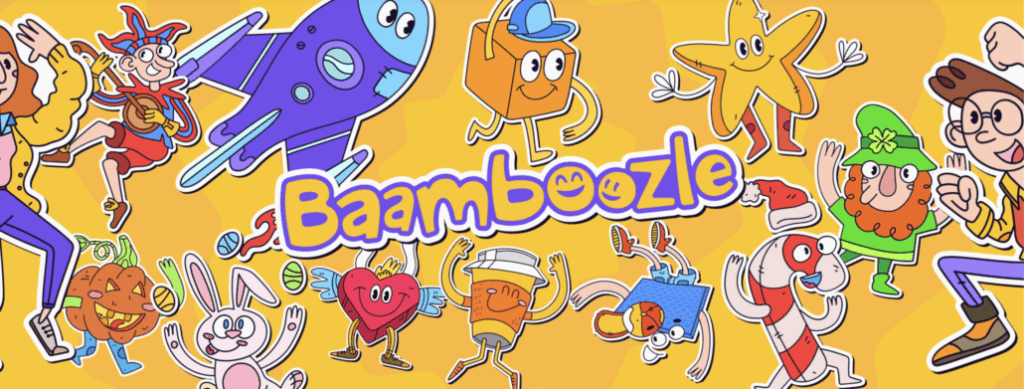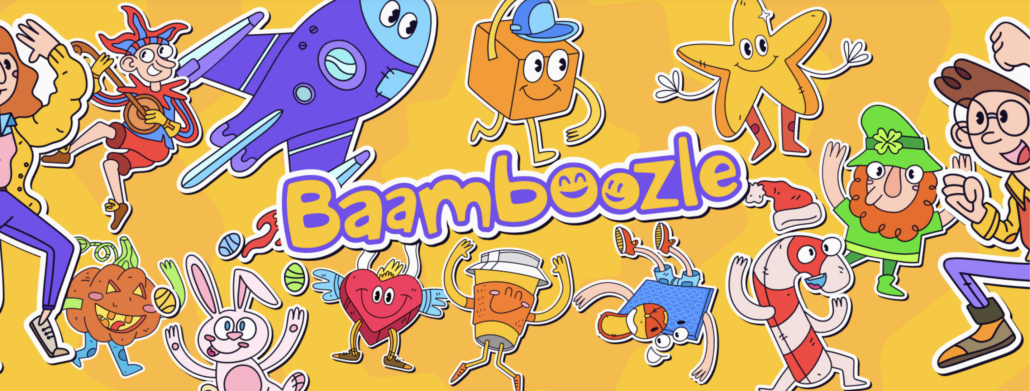
Gamification—the integration of game mechanics into non-game environments—has transformed the educational landscape. By leveraging the elements that make games engaging, such as rewards, challenges, progress tracking, and competition, educators have found a way to enhance student motivation, participation, and overall learning outcomes.
This method isn’t new, but the digital age has taken it to new heights. With the rise of mobile apps, online learning platforms, and virtual classrooms, gamification is more accessible than ever. Students are no longer confined to textbook learning. Instead, they can now earn points, badges, and achievements for completing assignments, taking quizzes, or collaborating with peers.
Platforms like Duolingo have set a standard for how gamification can be applied effectively. Through bite-sized lessons, streak counters, leaderboards, and daily challenges, users are encouraged to return regularly and stay consistent. Another example is Kahoot!, a game-based learning platform used in schools around the world. It turns multiple-choice quizzes into exciting classroom competitions, where speed and accuracy are rewarded.
Gamification doesn’t just benefit children or academic environments. Many businesses now use gamified training modules for onboarding and employee development. By making tasks feel like games, companies report better engagement, retention, and application of knowledge. This is especially relevant in industries requiring ongoing certification or compliance training.
One of the critical drivers behind the success of educational gamification is psychology. Game elements tap into intrinsic motivators—such as curiosity, mastery, and achievement—while also utilizing extrinsic rewards to push learners forward. By receiving instant feedback and visual progress indicators, learners can clearly see how far they’ve come and what they need to work on.
However, building and maintaining a successful gamified system isn’t as simple as adding a points system to a digital platform. Behind every seamless experience lies a robust technological infrastructure. Many educational platforms now rely on devops practices to handle frequent updates, real-time data processing, scalability, and uptime. In fast-paced learning environments, a delay or crash can derail engagement, making devops essential for reliability and performance.
Devops enables continuous integration and delivery (CI/CD), which means educators and developers can test, refine, and deploy new features without interrupting user access. This is crucial in maintaining the interest of users, especially students, who are accustomed to the quick gratification loops of modern games and apps.
Moreover, as learning becomes more personalized, adaptive learning technologies—powered by gamified engines—analyze user performance and adjust difficulty levels or content in real time. This allows students to learn at their own pace while still feeling challenged. The backend complexity of this kind of dynamic system also benefits greatly from devops-driven infrastructure that allows scalable and responsive environments.
Gamification also fosters collaboration. Multiplayer classroom games or team-based problem-solving tasks help build communication and teamwork skills. For example, coding platforms like CodeCombat and Classcraft use role-playing mechanics to immerse students in collaborative quests, making technical or academic subjects feel more like adventures than chores.
Despite its benefits, gamification must be implemented thoughtfully. Poorly designed systems can become superficial or even demotivating if rewards are given too freely or challenges become monotonous. Effective gamification focuses on long-term engagement rather than quick dopamine hits.
Another concern is the risk of dependency on external rewards. Over-reliance on badges or leaderboards can shift motivation from learning to simply “winning.” To avoid this, gamified learning should balance extrinsic motivators with intrinsic rewards like curiosity and problem-solving satisfaction.
Ultimately, gamification is not a replacement for solid pedagogy—it’s a powerful supplement. When combined with well-designed curricula and empathetic teaching, it has the potential to unlock new learning pathways for students of all ages and backgrounds.
As technology continues to evolve and more institutions embrace digital transformation, the role of gamification in education will only grow. And with reliable systems powered by devops, educators can focus on what truly matters: making learning accessible, engaging, and fun.










